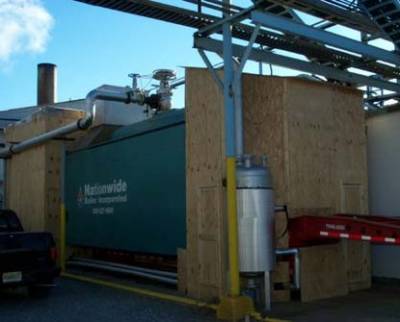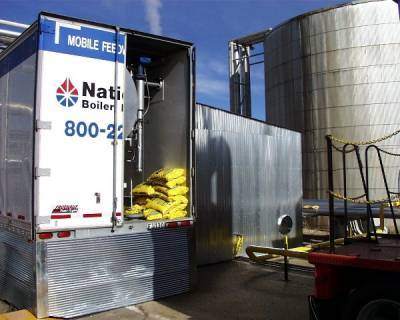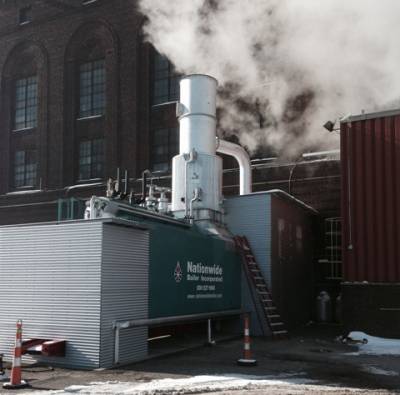The winter season is just around the corner, and it is a good time to remind our customers about how to properly prepare rental equipment for inclement weather conditions. This not only applies to when a boiler is in operation, but also when a boiler is down or in transport.
By following the recommended steps below, you can avoid boiler operational difficulties and/or equipment damage during freezing weather conditions:
- Enclose both the front and rear of the boiler area and use an external heat source to minimize freezing conditions.
- Install heat tracing with insulation to protect exposed stagnant water lines.
- Utilize an appropriate heat tracing method (electric or steam tracing) to all of your main lines and piping components. This includes the following lines which should be heat traced regardless if the boiler is in operation or not (in freezing conditions): sensing lines (steam drum to CMR, high steam and steam gauge), auxiliary low-water-cut-off, water column and level control blowdown. Depending on the length of piping runs, the main and continuous blowdown should also be heat traced.
- In addition to heat tracing on stagnant sensing lines, drain the lines and fill them with a 50/50 (water/glycol) solution, making sure to re-connect the line. 5. When an extended boiler down time is expected, completely drain the boiler and stagnant water lines.
NOTES:
- The above lines are considered stagnant lines and should be heat traced regardless if the boiler is in operation or not (freezing conditions).
- Nationwide has also done the following in addition to heat tracing on the stagnant sensing lines: Drain line, fill with 50/50 (water/glycol) solution, re-connect line.
- Depending on the length of piping runs, the main and continuous blowdown should also be heat traced.
- For extended boiler downtime, drain boiler and stagnant water lines completely.
- If rental equipment becomes damaged due to freezing weather conditions, the repair or replacement is the responsibility of the lessee.
The above are recommendations; however, use sound engineering judgment calls when there are concerns of possible freeze damage to the equipment. For further information, give us a call at 1-800-227-1966.


